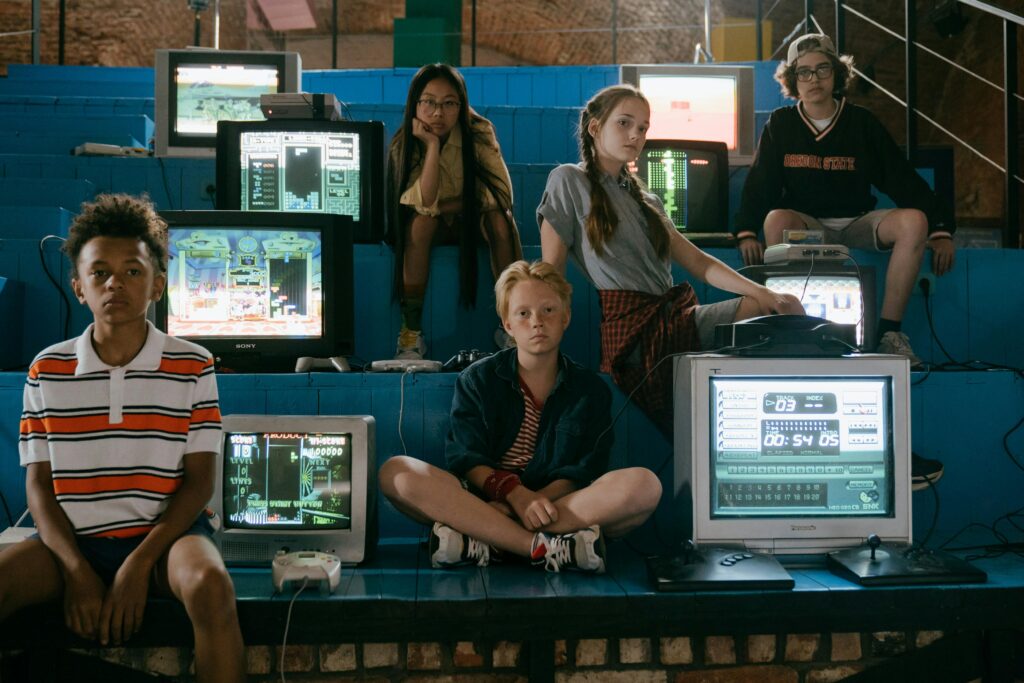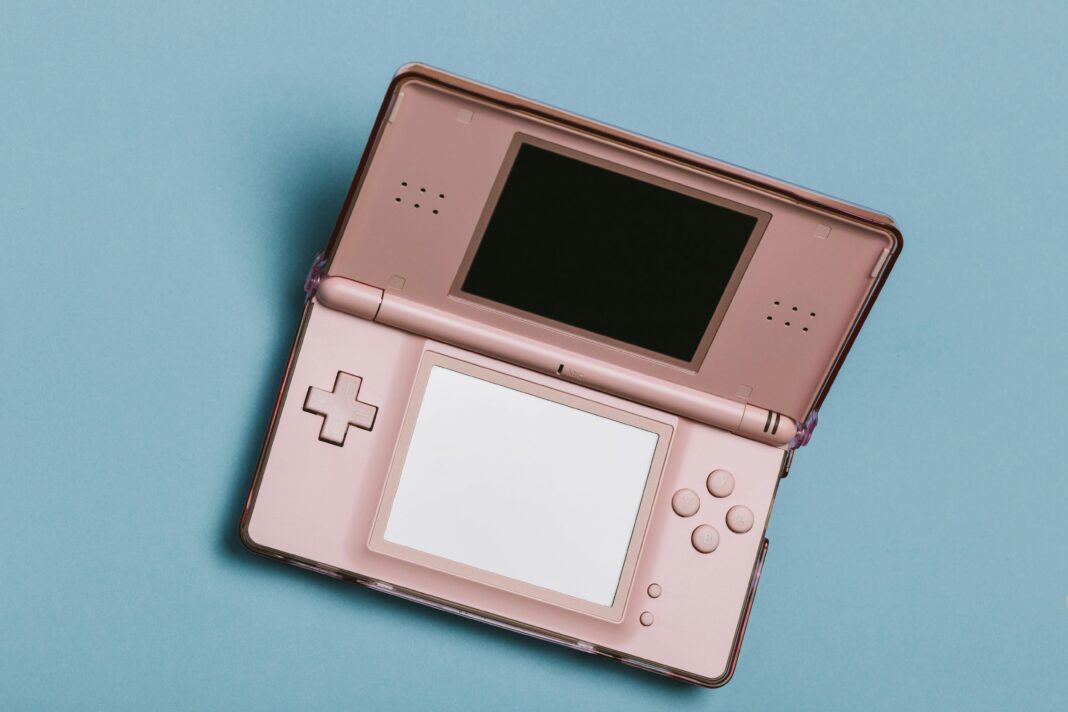Introduction
Retro gaming has transformed from a niche hobby into a thriving market, with collectors and enthusiasts scouring auctions, flea markets, and online stores for classic consoles. Unlike modern gaming, retro systems offer a tangible connection to gaming history, with physical cartridges, distinct hardware designs, and gameplay experiences that defined generations.
But with so many retro consoles available, which ones are truly worth collecting? Some hold immense value due to rarity, cultural significance, or legendary game libraries, while others are more affordable entry points for new collectors. This in-depth guide explores the most sought-after retro gaming consoles, their standout features, must-own games, and what makes them valuable in today’s market.

Whether you’re a seasoned collector looking for hidden gems or a newcomer curious about where to start, this breakdown will help you make informed decisions—without falling for overhyped or overpriced systems.
What Makes a Retro Gaming Console Valuable?
Before diving into specific consoles, it’s important to understand the key factors that determine a retro system’s worth:
1. Rarity & Production Numbers
- Limited-edition variants (e.g., gold cartridges, special colors)
- Discontinued models with low production runs
- Regional exclusives (e.g., Japan-only Famicom Disk System)
2. Game Library & Exclusives
- Consoles with high-quality, exclusive titles retain value
- Games that defined genres (e.g., Super Mario Bros., Final Fantasy VII)
- Cult classics with small print runs (e.g., EarthBound, Panzer Dragoon Saga)
3. Condition & Completeness
- Loose (console only): Lowest value
- CIB (Complete in Box): Includes original packaging, manuals
- Sealed/New: Highest value, often selling for thousands
4. Historical & Cultural Impact
- Systems that revolutionized gaming (e.g., NES reviving the industry)
- Consoles tied to major technological leaps (e.g., PlayStation’s shift to 3D)
5. Modding & Preservation Potential
- Some consoles (e.g., Sega Dreamcast) have active modding scenes
- Everdrives, ODEs (Optical Drive Emulators), and HDMI mods extend usability
With these factors in mind, let’s examine the best retro consoles worth collecting.
Top Retro Gaming Consoles Worth Collecting
1. Nintendo Entertainment System (NES) – 1985
The NES wasn’t just a console—it was a cultural reset for video games. After the industry crash of 1983, Nintendo’s innovative hardware and strict quality control revived home gaming.
Why It’s Worth Collecting
- The Console That Saved Gaming – Without the NES, modern gaming might not exist.
- Iconic Game Library – Over 700 titles, including genre-defining classics.
- High Collector Demand – Even loose cartridges for hits like Mega Man sell well.
Most Valuable NES Items
- Nintendo World Championships Gold Cartridge (Only 26 exist, sells for $100K+)
- Stadium Events (Extremely rare, $10K+ for a complete copy)
- Little Samson (One of the rarest licensed NES games, $2K+)
Best Games to Own
- Super Mario Bros. 3 (Best-selling NES game)
- The Legend of Zelda (Gold cartridge variant is prized)
- Castlevania III: Dracula’s Curse (Superior to the Famicom version)
NES Variants to Look For
- NES-001 (Front Loader) – The original model, most nostalgic.
- NES-101 (Top Loader) – More reliable, but lacks AV output.
- Famicom (Japanese Version) – Different design, some exclusive games.
2. Super Nintendo Entertainment System (SNES) – 1991
The SNES refined 16-bit gaming with superior graphics, sound, and an unbeatable library of RPGs and platformers.
Why It’s Worth Collecting
- Best 16-Bit Games Ever Made – Chrono Trigger, Super Metroid, EarthBound.
- Durable Hardware – Many SNES consoles still work flawlessly.
- Modding Community – RGB and HDMI mods improve visual quality.
Most Valuable SNES Items
- Nintendo Powerfest 1994 Cartridge (Tournament cart, $20K+)
- EarthBound (CIB) – $1,500+ due to its cult following.
- Aero Fighters – Rare shmup, $2K+ loose.
Best Games to Own
- Chrono Trigger (One of the greatest RPGs ever)
- Super Mario World 2: Yoshi’s Island (Unique art style)
- Final Fantasy III (VI) (Best SNES RPG alongside Chrono Trigger)
SNES Variants to Look For
- SNES Model 1 (Original) – Bulky but nostalgic.
- SNES Jr. (Mini) – More compact, better video output.
- Super Famicom (Japanese) – Different design, cheaper imports.
3. Sega Genesis (Mega Drive) – 1989
Sega’s Genesis was the SNES’ biggest rival, offering faster gameplay and arcade-style experiences.
Why It’s Worth Collecting
- Best Arcade Ports – Street Fighter II, Mortal Kombat.
- Sega CD & 32X Add-Ons – Rare expansions boost value.
- More Affordable Than SNES – Great entry point for collectors.
Most Valuable Genesis Items
- Sega Genesis CDX – A rare combo of Genesis and Sega CD.
- Snatcher (Sega CD) – Hideo Kojima’s cult classic, $1K+.
- MUSHA (Shmup) – One of the rarest Genesis games, $1K+.
Best Games to Own
- Sonic 3 & Knuckles (Best Sonic game)
- Phantasy Star IV (One of Sega’s best RPGs)
- Gunstar Heroes (Treasure’s run-and-gun masterpiece)
Genesis Variants to Look For
- Model 1 (High Definition Graphics) – Most iconic design.
- Model 2 (Smaller, cheaper) – More common.
- Mega Drive (Japanese/European) – Different branding.
4. Sony PlayStation 1 (PS1) – 1994
The PS1 brought gaming into the 3D era, with legendary franchises like Metal Gear Solid and Resident Evil.
Why It’s Worth Collecting
- First Major CD-Based Console – Huge library of classics.
- Affordable Collecting – Many great games under $50.
- Long-Term Influence – PlayStation is still a dominant brand.
Most Valuable PS1 Items
- Suikoden II – Rare JRPG, $500+ CIB.
- Tales of Destiny II – Limited print, $400+.
- LSD: Dream Emulator – Weird Japan-only game, $1K+.
Best Games to Own
- Final Fantasy VII (Black Label version preferred)
- Castlevania: Symphony of the Night (Best Metroidvania ever)
- Silent Hill (Atmospheric horror classic)
PS1 Variants to Look For
- SCPH-1001 (Original Model) – Best audio quality.
- PSone (Mini) – Compact redesign.
- Net Yaroze (Dev Kit) – Rare, collectible.
5. Nintendo 64 (N64) – 1996
The N64 introduced analog sticks and 3D platformers like Super Mario 64.
Why It’s Worth Collecting
- Innovative Controls – First mainstream analog stick.
- Local Multiplayer Classics – GoldenEye, Mario Kart 64.
- Cartridge Durability – No disc rot issues.
Most Valuable N64 Items
- Nintendo 64 DD (Japan-only add-on) – Extremely rare.
- Super Bowling – Rare sports title, $1K+.
- ClayFighter Sculptor’s Cut – Blockbuster exclusive, $800+.
Best Games to Own
- The Legend of Zelda: Ocarina of Time (First 3D Zelda)
- Super Smash Bros. (Started the fighting series)
- Paper Mario (Best N64 RPG)
N64 Variants to Look For
- Funtastic Colors (Ice Blue, Jungle Green) – Collectible.
- Pikachu Edition – Pokémon-themed variant.
Honorable Mentions
- Atari 2600 (1977) – The grandfather of consoles.
- Sega Dreamcast (1999) – Ahead of its time, with Shenmue.
- Neo Geo AES (1990) – Arcade-perfect but expensive.
FAQs
Q: Are retro consoles a good investment?
A: Some are, especially rare editions or sealed games. However, condition and demand dictate value.
Q: Should I mod my retro consoles?
A: Modding can improve functionality (e.g., HDMI output), but it may reduce value for purists.
Q: Where’s the best place to buy retro consoles?
A: eBay, local retro stores, and conventions. Always verify authenticity.
Q: Do disc-based consoles suffer from disc rot?
A: Yes, over time, CDs can degrade. Proper storage slows this process.
Conclusion
Retro gaming consoles offer a mix of nostalgia, history, and investment potential. The best systems to collect are those with strong game libraries, cultural significance, and rarity—like the NES, SNES, and PS1.
If you’re new to collecting, start with more affordable options (Genesis, PS1) before hunting rare items. Always check condition, authenticity, and market trends before buying.
Happy collecting—and may your retro gaming journey be filled with hidden gems!
Would you like any refinements or additional details on specific consoles?

